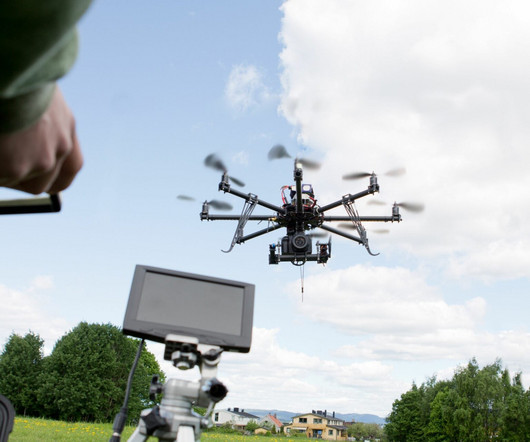Drone Lingo Simplified: Acronyms Every Pilot Needs To Know
Pilot Institute
MARCH 6, 2025
FAA Federal Aviation Administration The FAA is the US federal government agency in charge of aviation standards, air traffic control, airspace safety, and the certification of personnel and aircraft. Pilots are required to check for NOTAMs along their relevant routes or locations before the start of a flight.











Let's personalize your content